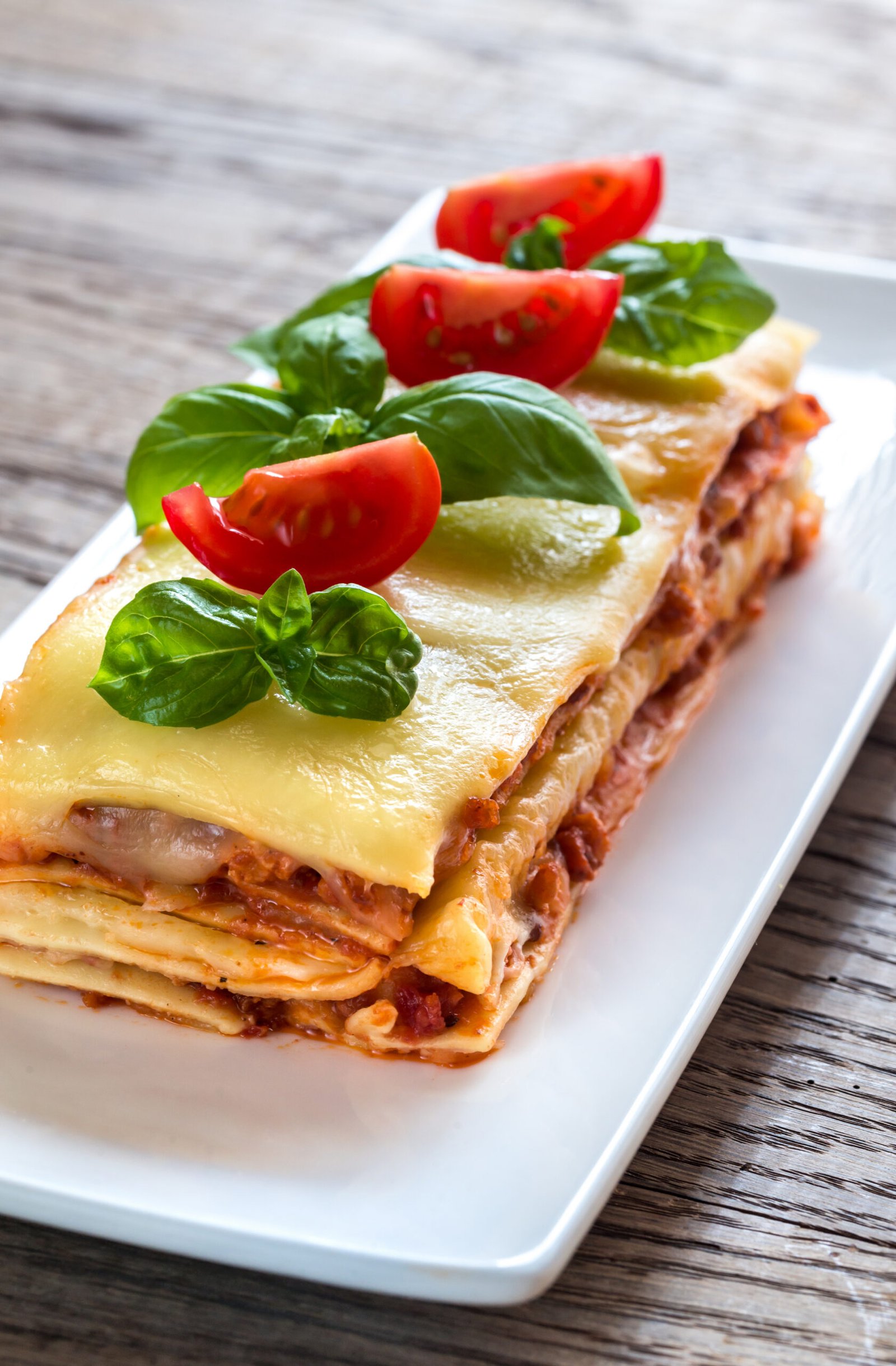When it comes to beloved culinary delights, few dishes can match the worldwide popularity and mouthwatering appeal of Italian pizza. With its thin, crispy crust, flavorful toppings, and gooey cheese, this iconic dish has captured the hearts and taste buds of people from all corners of the globe. But have you ever wondered about the origins and fascinating history behind this delectable creation? Let’s take a journey through time and explore the story of Italian pizza.
The Birth of Pizza in Naples
The origins of pizza can be traced back to Naples, Italy, where it was first created in the late 18th century. Initially, pizza was a simple and affordable dish enjoyed by the working class. Neapolitan pizza, also known as “pizza Napoletana,” was traditionally made with a thin, soft crust, topped with tomatoes, garlic, olive oil, and sometimes cheese.
As pizza gained popularity among the locals, it started to evolve and diversify. Different toppings were added, including mozzarella cheese, basil, and other regional ingredients. The wood-fired brick ovens used to bake the pizzas added a unique smoky flavor and helped achieve the perfect combination of crispy crust and melty cheese.
Pizza Goes Global
The fame of Italian pizza spread beyond Naples and across Italy, thanks to the migration of Neapolitans to other cities. In the late 19th and early 20th centuries, Italians who had mastered the art of pizza-making opened pizzerias in cities like Rome and Milan, introducing the dish to a wider audience.
However, it was the arrival of Italian immigrants in the United States in the late 19th century that truly propelled pizza onto the global stage. In cities like New York and Chicago, Italian pizzerias flourished, serving up their delicious pies to hungry Americans. Over time, pizza became a staple of American cuisine, with various regional styles emerging, from the thin-crust New York style to the deep-dish Chicago style.
The Evolution of Pizza
As pizza continued to gain popularity worldwide, it underwent further transformations and adaptations to suit different tastes and preferences. In Italy, regional variations emerged, each with its own unique characteristics. The Roman-style pizza, for example, features a thin and crispy crust, while the Sicilian-style pizza is known for its thick, doughy base.
Beyond Italy, international flavors and innovative toppings started to make their way onto pizzas. From the classic Margherita to gourmet combinations like prosciutto and arugula or barbecue chicken, the possibilities became endless. Today, you can find pizzas topped with everything from pineapple to smoked salmon, catering to a wide range of palates.
The Authenticity of Italian Pizza
With the proliferation of pizza chains and frozen options, it’s important to note that not all pizzas are created equal. For those seeking an authentic Italian pizza experience, there are a few key elements to look out for:
- Quality Ingredients: Italian pizza relies on fresh, high-quality ingredients. From the tomatoes in the sauce to the cheese and toppings, using the best ingredients is essential to achieving that authentic flavor.
- Traditional Techniques: Wood-fired brick ovens are still considered the gold standard for baking Italian pizza. The high heat and smoky flavor imparted by these ovens contribute to the unique taste and texture.
- Simplicity: Authentic Italian pizza is often characterized by its simplicity. The focus is on a few quality ingredients that harmonize together, allowing the flavors to shine.
So, the next time you savor a slice of Italian pizza, take a moment to appreciate the rich history and cultural significance behind this beloved dish. From its humble beginnings in Naples to its global domination, pizza has truly become a symbol of Italy’s culinary excellence.
Whether you prefer the classic Margherita or enjoy experimenting with innovative toppings, Italian pizza continues to captivate our taste buds and bring people together around the world.














































































